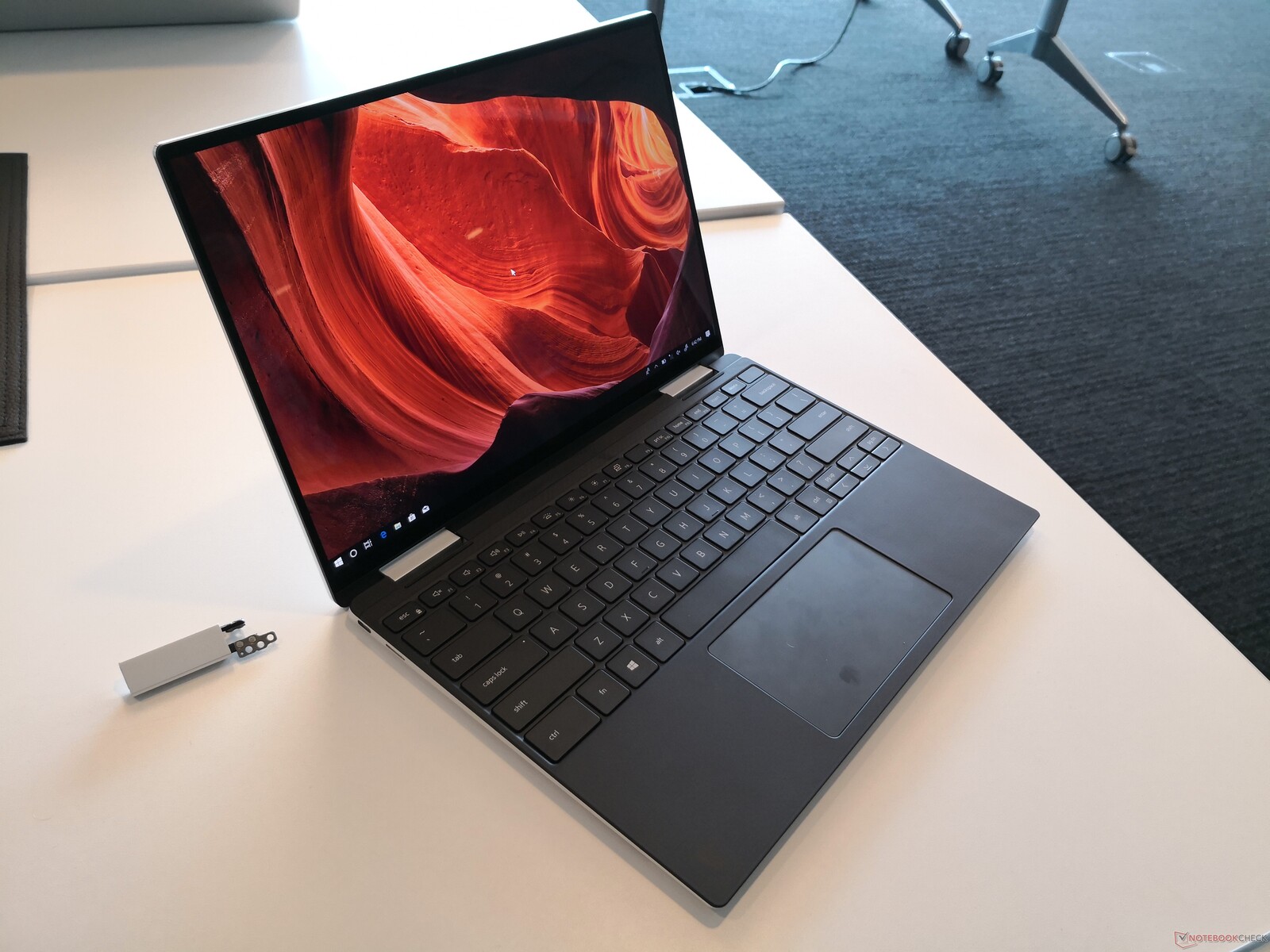Okay, this post is going to get weird.
So Sharkbay left some messages yesterday about ADL-S here:
https://www.ptt.cc/bbs/PC_Shopping/M.1588608144.A.077.html
Here's Chia's translation:
When I first read it I was confused as he wrote that diehard gamers would prefer Comet Lake over Alder Lake and Rocket Lake, but he later followed up and said it more closely translated to 'core enthusiasts' or something to that degree, and that makes significantly more sense. I was starting to wonder if there was something really wacky about Rocket Lake as well.
But in any case, I still went and asked a friend about the translation, and he said that something else was a little off. The portion about 'blame Atom'. He translated it closer to "give intel a reason to ditch Atom finally". Not big.LITTLE, but to ditch the Atom uArch. Furthermore, he then said afterwards that the third statement of the 4 actually meant something along the lines of Intel were "putting Atoms in is just to use up those excessive Atoms".
To me, that's implying something like "the 6 core version will make you want to buy the 8 core version, and if you do, you will be forced to "eat those 8c big.LITTLE". To me that only leaves two options:
1. The 6 core and below use a seperate die with no Atom cores at all to the 8c which use one big monolithic die with 8 big cores and 8 little cores. This actually somewhat makes sense if Gracemont and Golden have the same size ratio as Tremont a and Sunny Cove do - where 1 SNC is roughly the same size as 4 TNT (I prefer this abbreviation :3). However, given the likely inclusion of AVX in Gracemont, I'm not entirely certain this will be the case. It is a little up in the air.
2. They all use the same die but differing levels of segmentation
Or the idea I really don't like the sound of and to be completely honest, makes very, very,
very little sense:
3. ADL-S is an MCM chip with an 8 Golden Core die and a seperate die with 8 Gracemont cores on it. Only full 8 core variants would have the Gracemont die on package.
At this point I'm completely bamboozled and would rather have other's opinions on it.




